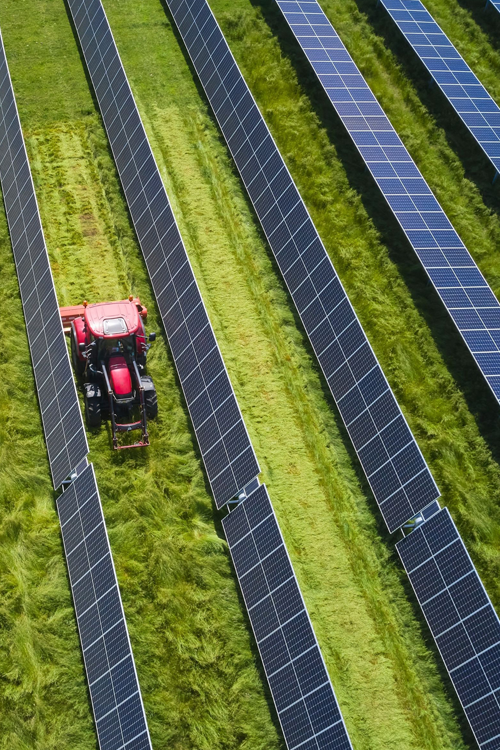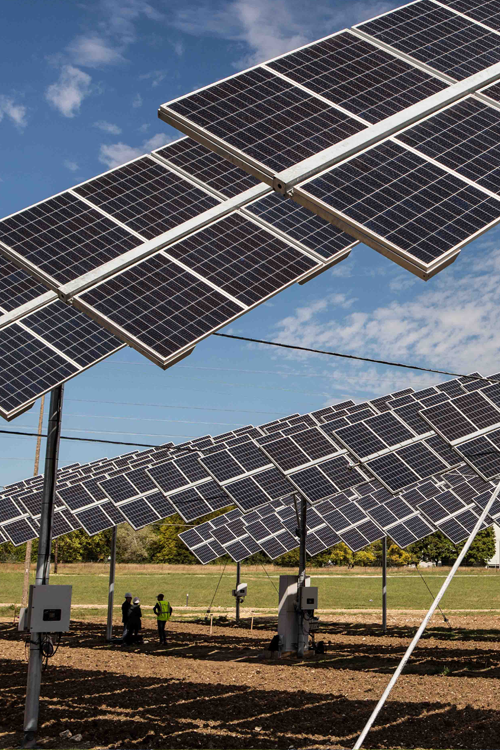Alessandra Scognamiglio
As photovoltaic systems become larger (kilo -> mega -> tera Watt), their impact on landscape becomes of more interest to a larger portion of the general public and governing bodies. As a result, that interest is also widening in scope and now requires economic, ecological, aesthetic and cultural studies of proposed photovoltaic systems, as well as landscape design and planning in order to harmonize all these interests.
Local authorities and communities often oppose the implementation of photovoltaics because they are not aware of the positive aspects of photovoltaics regarding the local economy and ecology. For example, biodiversity may be maintained and even augmented, water use efficiency increased, and the possibility of combining energy production with food production, all offering consequent benefits to farmers.
In addition, photovoltaic systems are often perceived by the public as “ugly” and detrimental to their traditional ideas regarding the beauty of the local landscape. This perception can be changed by incorporating into the design the public’s idea of beauty, along with the necessary technical requirements.

Agri-PV park, Harre, Denmark, developed by European Energy in 2021.

REM TEC. EDF Agri-PV, Les Renardières, Écuelles, Francia, 2019, Photo by Michaêl Ayach.
“Photovoltaics | Forms | Landscapes” is a series of annual conferences, now in 2022, in its 11th year. The aim of each conference is to build a bridge between the large-scale deployment of photovoltaics and landscape design, thus paving the way to the design of both sustainable and beautiful photovoltaic landscapes.
The 2022 conference is being held in Milan on the occasion of the 8th World Conference on Photovoltaic Energy Conversion (WCPEC).
The conference begins with a keynote speech given by Raul Pantaleo, co-founder of TAMassociati, followed by two sessions on the subject of “agrivoltaics”.
The first session, co-organised with United Nations-Habitat, explores the potential of agrivoltaics to improve access to food in African cities. Its title is, “The Potential of Agrivoltaics in African Cities”.
The second session explores the social and political barriers to the implementation of photovoltaics and agrivoltaics in Italy, especially with respect to the current landscape preservation related conflicts. Importantly, the session proceeds to discuss new approaches for developing a more inclusive perspective to resolve energy-landscape conflicts. Its title is: “Italy as a Living Lab for Connecting Culture, Landscape, and Renewables”.
The award ceremony of the international competition, “Agrivoltaics for Noah’s Ark”, for the design of an agrivoltaic garden, which integrates landscape use to provide food, energy and beauty, takes place at the end of the second session.
The 2022 conference ends with the SolarchitecTOUR, a guided walk through the main photovoltaic architectural landmarks in Milan.